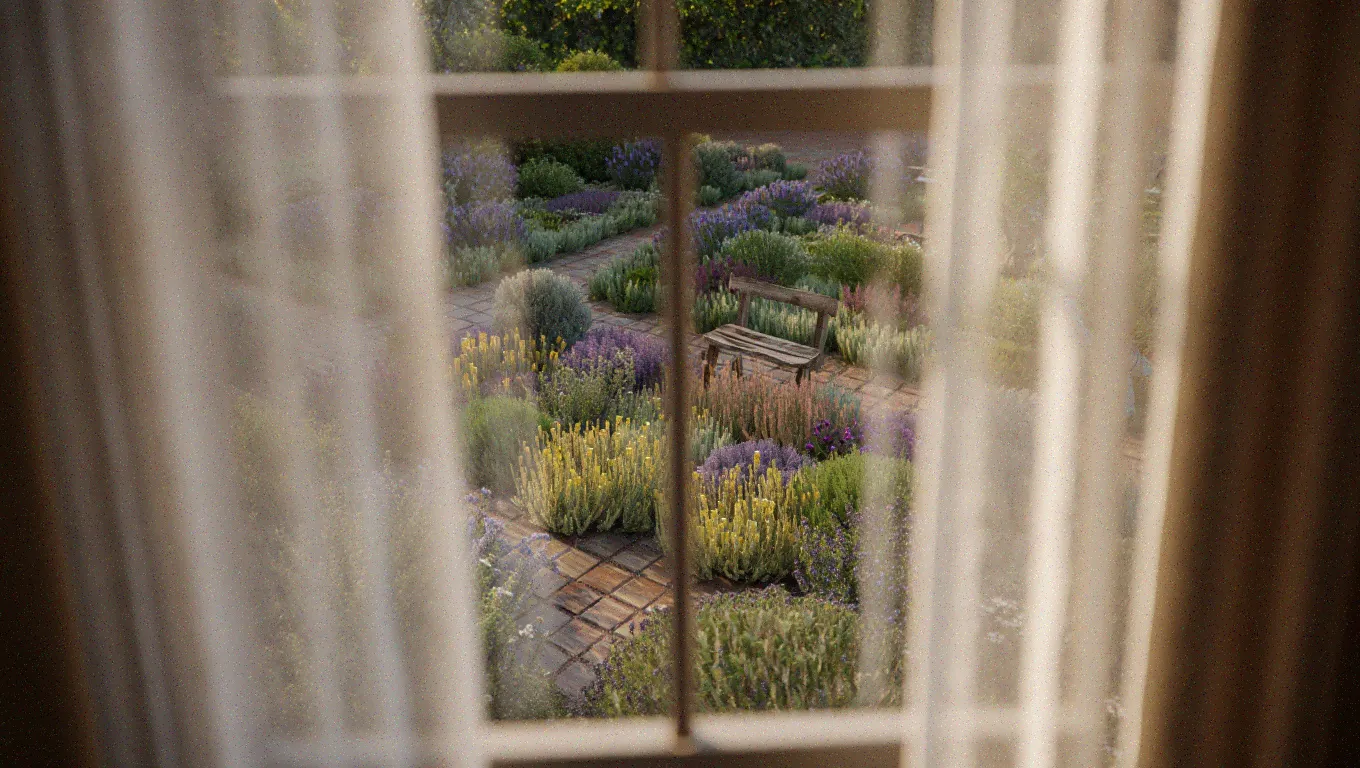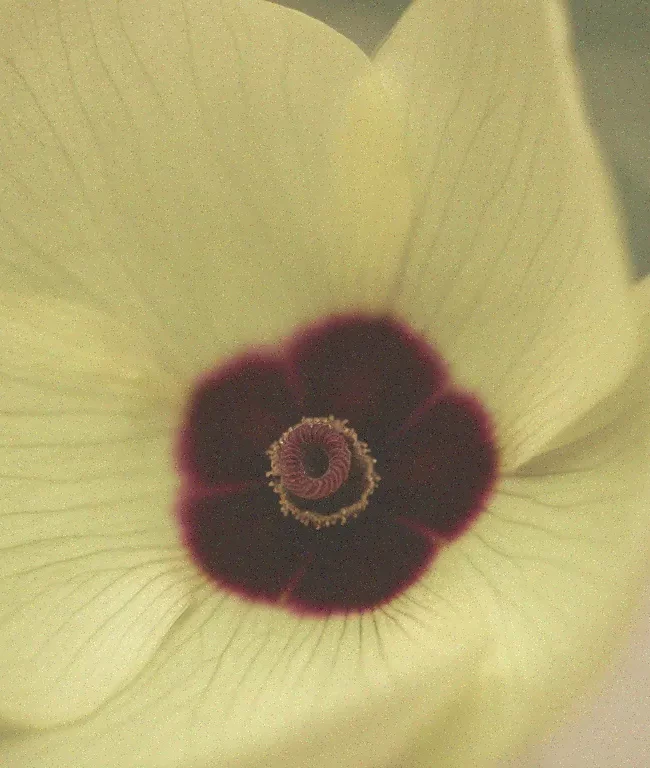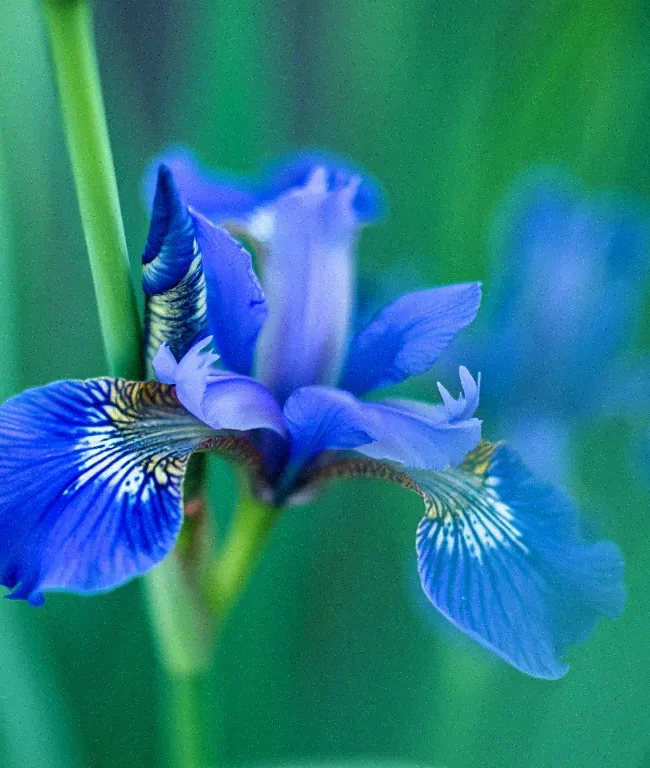
Fragrance Formulation Analysis: Herbal to Sophisticated Floral Transformation
Below proposed component adjustments show strong potential for achieving the desired “more floral, more sophisticated” character shift, but critical regulatory compliance issues require immediate attention before implementation. The research reveals excellent olfactory synergies alongside significant IFRA violations that must be resolved.
Critical regulatory compliance concerns demand immediate reformulation
Cedar Wood Virginia presents the most serious issue: proposed 30 parts (15%) dramatically exceeds the current IFRA Category 4 limit of 4.16% maximum. This represents a 260% violation that makes the formulation legally non-compliant for commercial use. Similarly, Clary Sage Oil at 10 parts (5%) exceeds established safety recommendations of 0.25%, requiring either significant reduction or replacement with safer alternatives.
The regulatory analysis reveals that while Hedione faces no restrictions (confirming its suitability at 20%), Mayol requires verification against current IFRA Category 4 limits due to recent dermal sensitization concerns. Rose Geranium addition also demands constituent analysis to ensure compliance with restrictions on citronellol, geraniol, and other naturally occurring fragrance allergens.
Professional formulation patterns strongly support strategic approach
Industry analysis confirms core strategy aligns with successful herbal-to-sophisticated transformations. Hedione usage at 20% sits perfectly within professional ranges (2-35% commonly used), with industry sources confirming it as essential for creating “space, diffusion and volume” in white florals. The Eau Sauvage precedent demonstrates Hedione’s effectiveness in sophisticated compositions, while modern luxury fragrances regularly employ 15-25% concentrations for professional-grade radiance.
Mayol’s increase to 9% aligns with commercial examples like Dolce Vita (Dior), which used 6% Mayol combined with other muguet molecules for “harmonizing different floral parts and conveying smoothness.” Professional sources confirm Mayol’s effectiveness from 0.1-5% in finished fragrance concentrates, making proposed level ambitious but achievable for creating distinctive magnolia-muguet sophistication.
The reduction of Clary Sage from 9% to 5% follows established patterns for sophisticated floral transitions, where herbaceous elements shift from dominant themes to sophisticated accents. Professional formulations typically use 0.5-3% Clary Sage in sophisticated florals versus 5-15% in herbal-dominant compositions.
Olfactory chemistry reveals exceptional component synergies
The molecular analysis reveals Hedione’s unique neurological enhancement of magnolia perception through VN1R1 pheromone receptor activation, creating scientifically proven synergy with magnolia-muguet theme. This represents a rare case where increased concentration directly amplifies the desired character rather than simply adding volume.
Rose Geranium demonstrates remarkable compatibility with existing accord through shared geraniol chemistry with magnolia components. The material’s green-rosy character bridges magnolia’s lemony-citrus aspects while its middle-note positioning perfectly connects floral hearts with woody bases. Research confirms Rose Geranium’s tea notes complement Magnolia Leaf’s green-tea-rooty character, creating seamless botanical harmony.
The Clary Sage reduction preserves natural sophistication while eliminating herbaceous dominance, as Clary Sage’s sclareol content continues providing fixative properties even at reduced concentrations. Meanwhile, Cedar Wood Virginia’s character improves with reduction, shifting from rustic “pencil shavings” dominance to refined woody support that enhances rather than competes with floral elements.
Rose Geranium optimization and dosage recommendations
Specialized research confirms Bourbon Rose Geranium as the optimal choice at 10-12 parts (5-6% of 200-part accord), well within <18 parts constraint. This dosage provides sophisticated rose-tea-green complexity without overwhelming the magnolia-muguet theme, while maintaining IFRA compliance at current 13.43% maximum limits. The material's exceptional iris compatibility, confirmed through historical perfumery precedents like Coty's Chypre, supports sophisticated floral direction. Professional sources specifically recommend Rose Geranium for "bolstering Rose, if not allowed to dominate," making it ideal for supporting rather than competing with primary floral character. Quality specification is critical: Bourbon grade from Réunion/Madagascar offers the superior complexity and tea notes essential for sophisticated applications, significantly outperforming Chinese or Egyptian variants that lack the necessary rose character depth.
Reformulated recommendations for regulatory compliance
Immediate adjustments required:
1. Cedar Wood Virginia: reduce to 8-9 parts maximum (4% of 200-part accord) to achieve IFRA compliance while maintaining woody grounding
2. Clary Sage Oil: reduce to 1-2 parts (0.5-1%) or replace with safer Clary Sage isolates like linalyl acetate
3. Mayol: verify current IFRA Category 4 limits before implementing 18 parts; consider 12-15 parts as safer alternative
4. Rose Geranium: implement at 10-12 parts with Bourbon grade specification and constituent analysis documentation
Compensatory strategies for structural integrity:
To offset the significant Cedar Wood reduction, consider adding 2-3 parts of complementary woody materials within IFRA limits, such as synthetic cedarwood alternatives or fractional cedar distillates with reduced restricted constituents. Alternative fixatives may be needed to replace lost sclareol content from Clary Sage reduction.
Final formulation balance achieves sophisticated floral character
The adjusted formulation successfully shifts from herbal-dominant to sophisticated floral through strategic floral volume enhancement (Hedione increase), magnolia-muguet sophistication (Mayol increase), and nuanced complexity (Rose Geranium addition) while maintaining the described “quiet and calm, linalool-like with sage nuances” character through optimized rather than eliminated herbal elements.
Performance projections indicate enhanced projection and radiance through Hedione’s increased concentration, while longevity concerns from Cedar reduction can be addressed through targeted fixative additions. The overall character evolution moves decisively toward “more floral, more sophisticated” while preserving the accord’s fundamental calm, contemplative nature.
Recommended final adjustments: Hedione 40 parts (confirmed), Mayol 12-15 parts (pending IFRA verification), Rose Geranium 10-12 parts (Bourbon grade), Cedar Wood Virginia 8-9 parts (IFRA compliant), Clary Sage 1-2 parts (safety compliant), with targeted fixative additions to maintain structural integrity.




